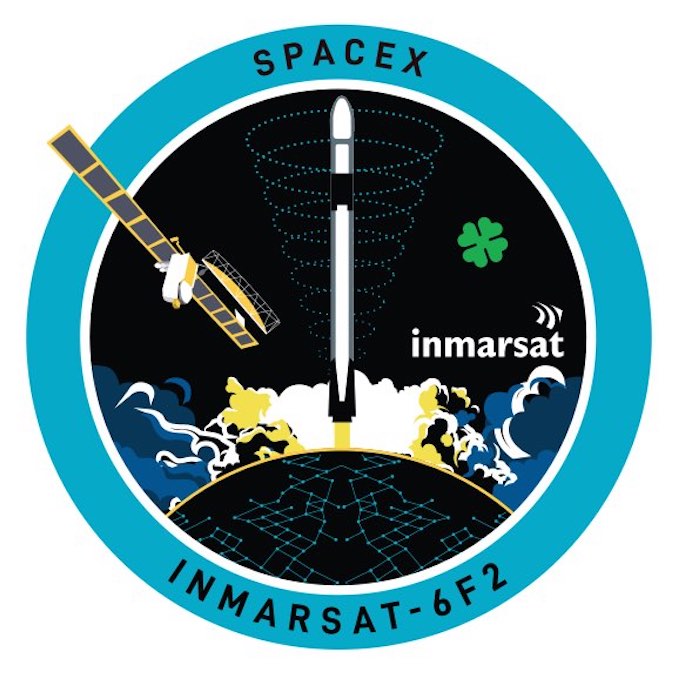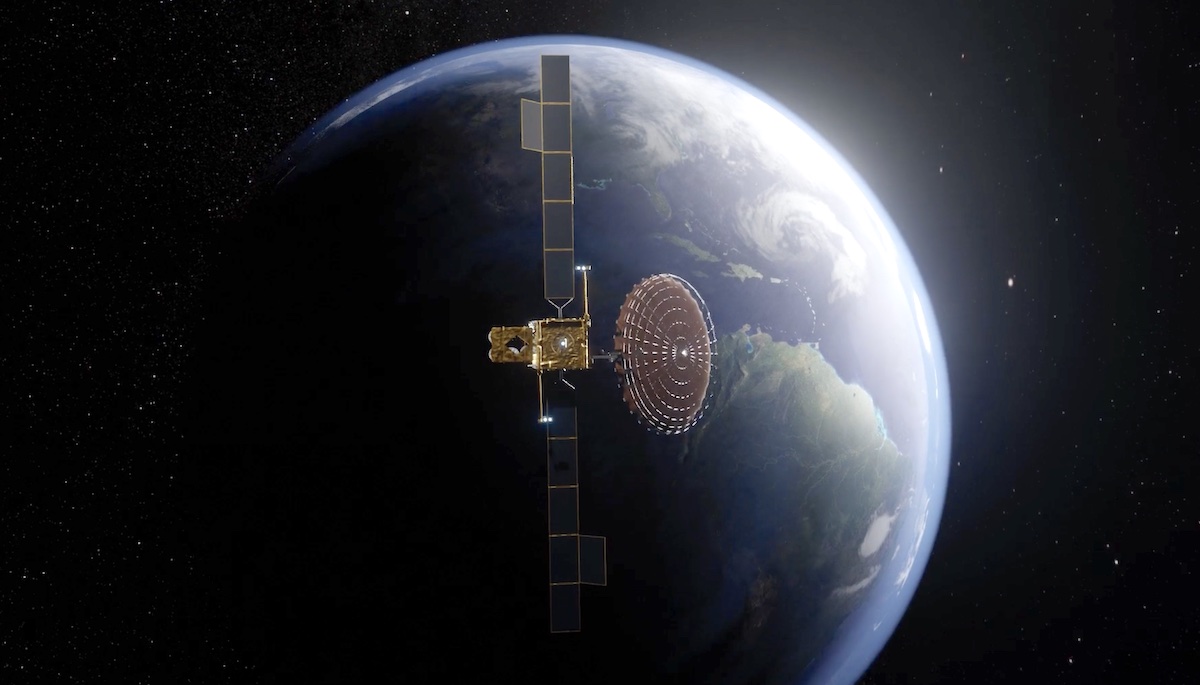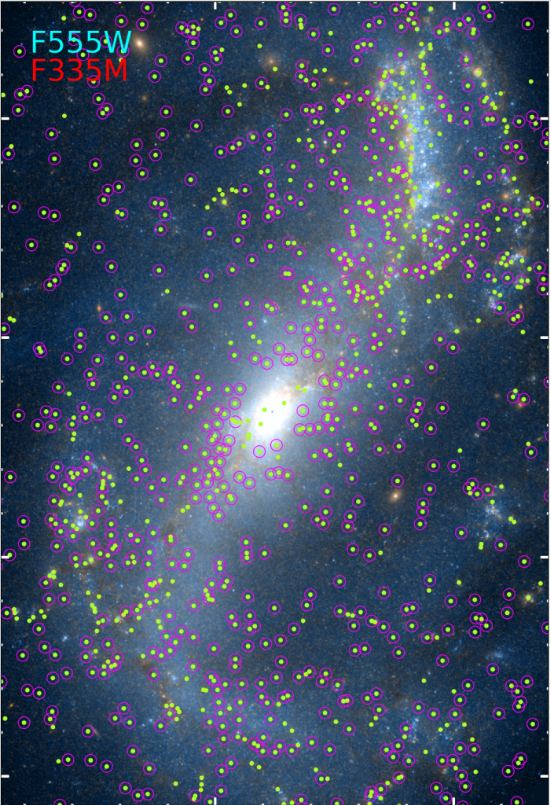Blue Origin wants to build solar panels on the Moon, out of the Moon, SpaceX sold its floating landing pads, and another asteroid hits Earth exactly where and when astronomers predicted.
Blue Origin’s Blue Alchemist
Blue Origin announced a new technology they call Blue Alchemist. It will allow making solar panels out of Moon regolith. This can be a very big deal, as a system like that will not require any additional input from Earth. All it needs is energy. So, once you put a robot like this on the Moon and give it some time, you should have a bunch of solar panels as the result. Of course, it’s still in development and tests will be required to prove the concept viable. But it definitely sounds promising.
SpaceX Sells Phobos and Deimos
In the past, SpaceX had bought two oil platforms that they hoped to convert into Starship launch and landing pads. The platforms were called Phobos and Deimos, after the two satellites of Mars. However, this week we learned that the company sold the platforms. Gwenn Shotwell, president of SpaceX, told the press that SpaceX needs to learn to fly Starship first and understand the vehicle better, before expanding the infrastructure like sea launch and landing pads.
Another Meteoroid Discovered Right Before it Hits the Atmosphere
Sneaky asteroids have a hard time crashing into the Earth without notice these days. For the seventh time, astronomers detected a small space rock, or meteoroid, about half a day before it impacted the planet. The detection was made by Krisztián Sárneczky using a 60 cm Schmidt telescope from the Piszkéstet? Observatory in Hungary. The 1-meter object was designated as 2023 CX1 and was predicted with 100% certainty to hit Earth above the English Channel. Astronomers continued to track the object, and then it lit up the skies in Europe right on schedule.


















